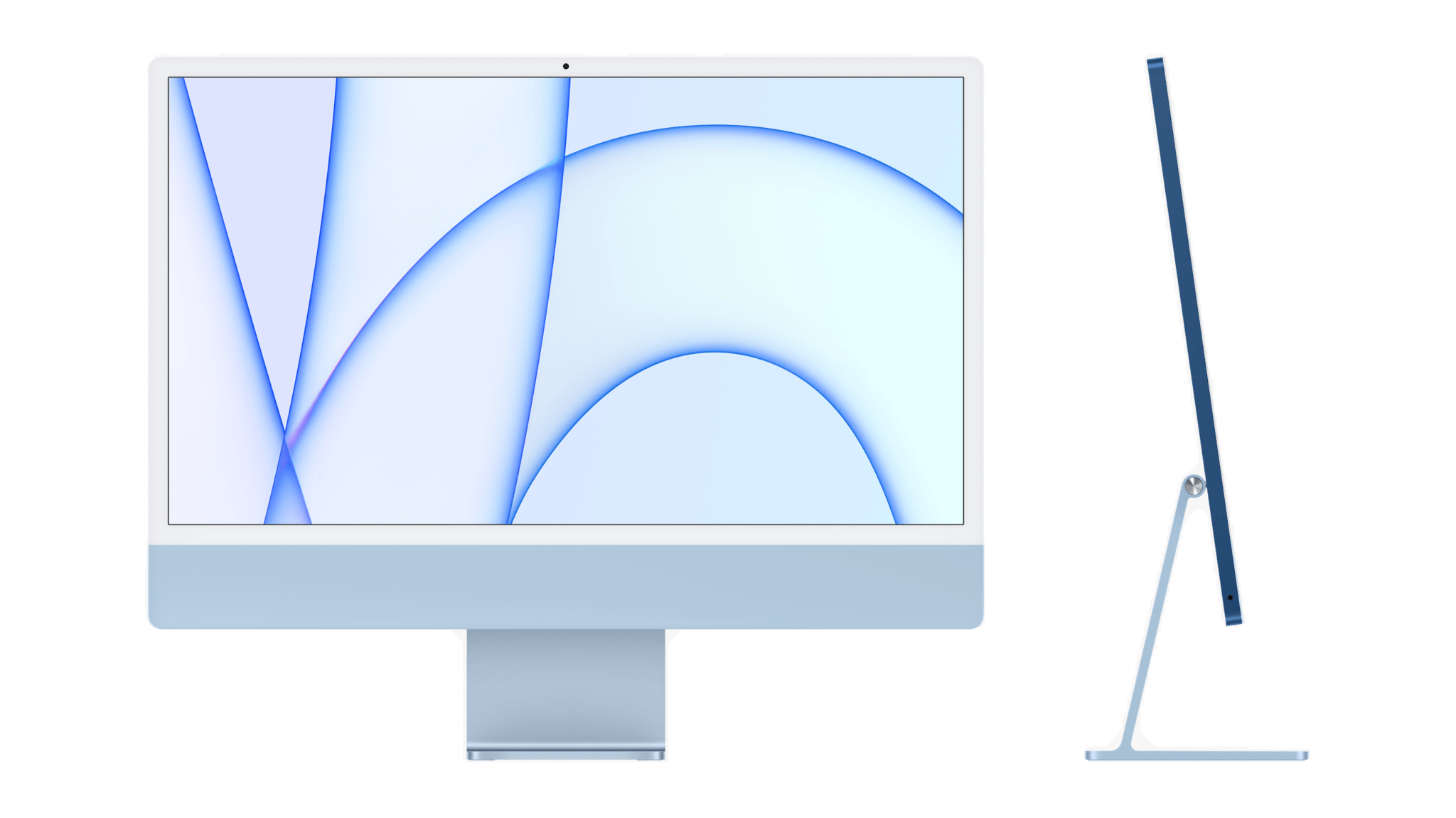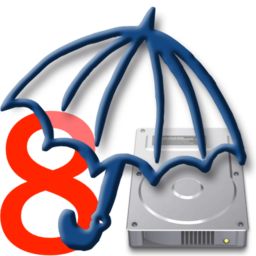

I made two full clones to different containers on my external SSD: one was from my internal SSD, the other from a Thunderbolt 3 external disk which already has a fully functional and bootable copy of Big Sur 11.3.1 installed on it. When you then click on the button to Start that full clone backup, there are subtle differences in what’s shown in CCC’s window. Click on the button to Allow CCC to erase. Select this by clicking on the destination volume and choosing the Legacy Bootable Backup Assistant…ĬCC then explains the implications of this option.
#Chronosync apple mail install
You could perhaps then install Big Sur into that volume group, but I opted to use what CCC terms its Legacy Bootable Backup option.

If you then make a regular clone to one of those containers from a bootable volume group using Carbon Copy Cloner 6, the default is to omit the System volume.
#Chronosync apple mail series
I prepared my external SATA/USB-C SSD by connecting it to a USB-A port on my M1 Mac mini, which I know works reliably for booting, then using Disk Utility to divide it into a series of 100 GB containers, each of which will contain a different version of Big Sur. The alternative is to keep old versions in Virtual Machines in Parallels Desktop. SATA/USB-C disks may need to be connected to a USB-A port rather than USB-C.

M1 Macs can’t boot from an older release of Big Sur without setting that bootable volume group to Reduced Security using Startup Security Utility in recoveryOS.This currently appears insoluble, making it essential to create each bootable system when that version of Big Sur is still current. Full installers for older versions of Big Sur don’t work when run in a later release.M1 Macs pose several problems for doing this: This article explores how successful making full clones can be, specifically whether you can use them to assemble a multi-boot disk containing multiple versions of Big Sur.ĭevelopers, researchers and system administrators often keep a collection of previous bootable systems so they can go back and run tests under those older versions, for instance when someone reports a bug which can’t be reproduced in the current macOS. The latest version 6 of Carbon Copy Cloner can now use macOS tools to make a full clone of a Big Sur System Volume Group, although this is no longer recommended. And thats is my final conclusion.Until recently, the only reliable way to create an external bootable disk on an M1 Mac has been to install Big Sur on it, either in recoveryOS or using the full Installer app. You also need to install the Free InterConneX app on your IOS device and you’re all set.Ī brilliant program and a brilliant interface makes life easy. Switch it on in there, and when you create a secure username and password, you can connect to your Mac from another one, or an iOS device. This is the field of ChronoMonitor, and the pairing of ChronoAgent and InterConneX.ĬhronoAgent is presented in system preferences panel: you install it like regular software, but without an application folder, it is an option within System Preferences. An option found on most backup utilities. you’ve setup your first personal backup.ĬhronoSync 4 has a brilliant Scheduling feature with a brilliant and complete interface. ChronoSync supports event-based schedules, too.ĬhronoSync can even wake your Mac to perform scheduled synchronization. Options and rules are customized settings you may implement for your perfect backup operation. Now enter backup title and choose your desired backup operation, source and destination. The right sidebar off the main page is used for creating your backup.

Installing ChronoSync 4 is straightforward and without a system reboot. It is not loaded with features but adequate for most users. It is like Danish design watches, clean slick and 100% functional. ChronoSync 4 is a perfect example what a modern interface should look like. The figure below shows all possible backup and sync options, which support your private rules and scheduling. It also covers IOS backup and bootable remote backups.Ĭheck for the options and rules for customizing your operation. Just backup your hard disks while you attend to your other duties and get notified when everything’s done. All features you expect from a well known and reliable company. ChronoSync 4 is yet another backup utility, but unlike most competitors it has a clean, modern and intuitive interface.


 0 kommentar(er)
0 kommentar(er)
